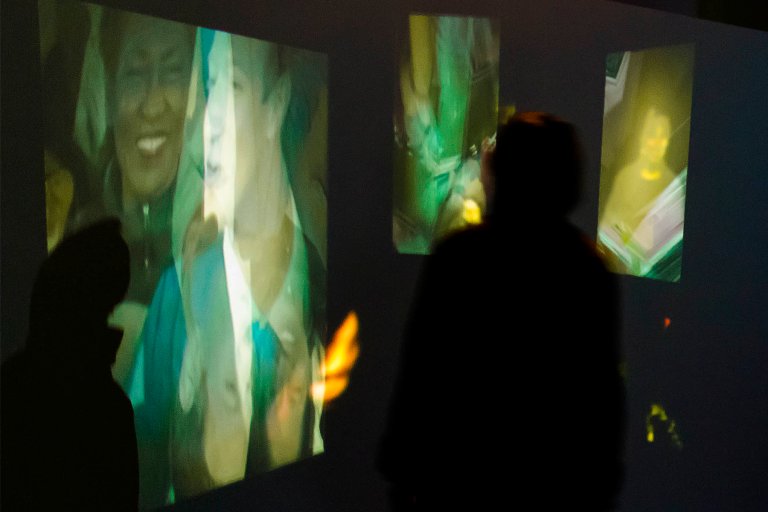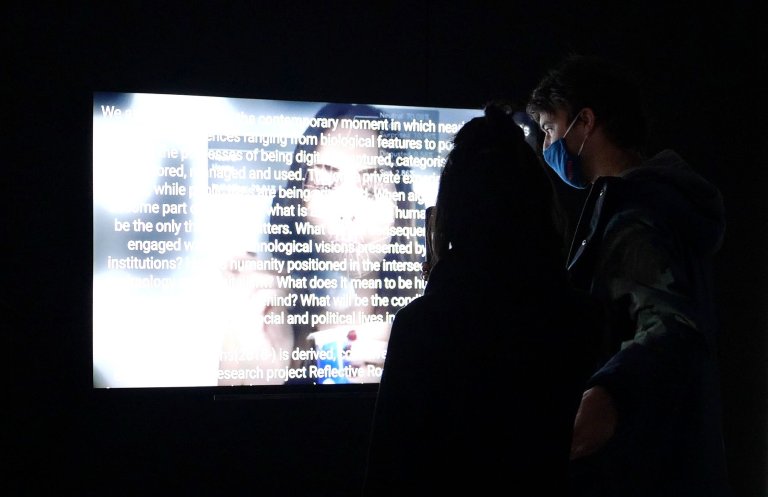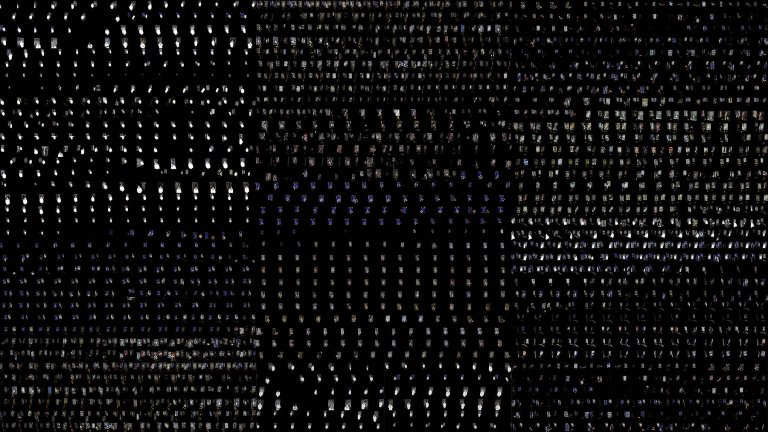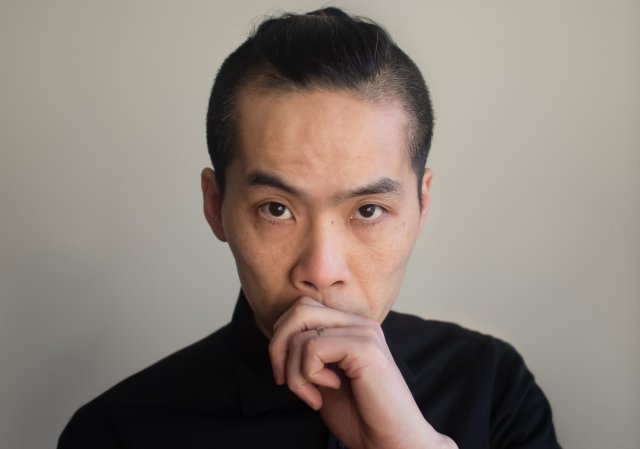Albert Cheng-Syun Tang (湯承勳) Photo: Private
Congratulations on your new position! You started off with an exiting career as a designer in your native Taiwan, so what made you break off and move to Bergen?
- Thank you and I am very glad to be part of this diverse academic environment. Coming from an island country in Southeast Asia, I was born and raised in Taiwan where my design education and practice are rooted. Most of my time before 30 was spent in the capital, Taipei, where I practised as a designer engaging with communication, interactive and product design projects in tech and cultural industry. Same as in Bergen, it actually rains quite a lot in Taipei across the seasons. While in summer, however, it is funny to see that folks are chasing the sun here in Bergen while people always escape from it in Taipei, because it is way too hot there!
- What brought me to Bergen was my longing to study design in Scandinavia. The period of immersing myself in the MA design programme at KHiB more than 10 years ago, in hindsight, was sort of setting the course of the life after my 30s. Between 2014 and 2018, probably two of the most challenging things in the universe happened to me simultaneously—becoming a father and doing a PhD in Artistic Research. Since then, Bergen has been the root of my family life and professional development, which I am really happy about.
How technology design our lives
In 2018 you finished your ph.d-thesis with the Artistic Research project "Reflective Roaming - Design, ubiquitous fantasy, everyday reality". Can you explain what you mean by reflective roaming?
- Sure. The project is a critical inquiry into our conditions of being in everyday lives saturated with information technology; it is also a reflection on what/who is designing and what is designed in such a technological progression. Through the research processes and designing an interactive installation run by harvesting human bodily data, I tried to ask some imperative questions about how our interactions and engagements with information technology shape and even "design" our biological, cultural, social and political lives.
This sounds a bit scary. What kind of bodily data are you referring to?
- The data harvested by the interactive installation are visitors' body parts (from head to toes, even fingers) movements, facial expressions and features, such as happiness, sad, talking, wearing glasses or not...etc.
As for the project title Reflective Roaming, because I tend to use a sort of poetic manner as a way to frame and contextualise my project, it refers to contemporary phenomenon of digital experience in which echo chamber, distraction and wandering are paradoxically intertwined.
Untold stories
How did you become so interested in technology?
- My interest in technology started with my previous experience of working in tech industry, I sort of witnessed how my design got manufactured in labour-intense countries such as China and flowed into the First Countries through global market. Designed and packed as “products” or “services”, technology seems to frictionlessly fulfil our needs in everyday life. Behind the scene, however, it is a complexity that shapes how we interact with others and the world around us socially, culturally and politically. So, to me, technology conceals untold stories about human intention, ideologies, progression and power. It was this kind of experience and reflection led to my strong interest in design and technology through practice and research.
Design is in essence interactive
You will work for six years full time with interaction design, at the Department of Design, KMD. How do you see yourself as contributing to the field?
- When we think about this field, it is in most cases highly associated with HCI (Human-Computer Interaction), or technology-enabled artifact in a broad sense. The way I see this field is one that design is in its nature essentially interactive and relational, whether its outcome is in forms of a poster, an app, an architecture, or even a government policy. It is no doubt that technology is essential (and inevitable) to this field, but I think what goes beyond the applied technology, is the aftereffect or consequences brought by the "interactions" among the agents of human and non-human in and of the world. So through teaching and research, I'd see myself in roles of facilitating such a design discourse and experimenting on new modes of interaction together with students and faculty members.
Design contains ideology
Do you see your work as in some sense political?
- Yes. In fact, I see all design are inherently political. Every design artifact delivered to the world carries designers' ideologies inherited from their worldviews and the decisions made along the processes. Contextually, this, together with other uncountable designed things, becomes a network of power relations that shapes who gets what in societies.
You did both your Master's and Ph.d.-thesis at the Department of Design, KMD and your BA in Taiwan. Can you tell us a little bit about the differences and similarities between design education in Taiwan and Bergen?
- From my experience, one of the focuses of Taiwan's design education is to foster professional capacity and development that meet industries' demands and progression. In fact, before my BA study, already had I studied design in vocational high school. So together with my BA study, I would say I was equipped with a solid foundation for becoming a professional in the contexts of practical and commercial setting. In terms of the design education I experienced here, it is more about providing a period of time and space where one can truly devote his or herself to the concerns around design, and reflect on one's project and its relation to the world. So to me, the design education here puts more emphases on personal autonomy in learning and knowledge cultivation.
- What is similar though, between the two models, and probably among the majority of design schools globally, is perhaps how the profession and education of design are presented and perceived in general public and societies, which is often associated with expressions of innovation, technological progression and sustainability framed by neoliberal agenda.
What if we didn´t have the Like button
You say that: In my artistic research I try to look into the time in which we are living, where technology in particular has been permeating every aspect of our everyday lives ranging from the connectedness between physical and virtual interactions, to our imaginations of individual identities, economic and social developments. What can the role of designers be in this hypertechnologic age?
- Instead of giving labels of specific roles, it may be worth sharing something for us to think about this. As human intentions and processes, design and its capacity of materialising ideas, plans and agenda have profound impacts on all aspects of living environments. What those ideas and agenda are, who gets to decide them and how they are going to change the status quo (hence the consequences), become key in thinking about the roles designers can be in such a time. Here is a thought experiment: just try to imagine, if Facebook didn’t design and deploy the Like button 12 years ago, what the digital landscape of our social experiences would be like today?



